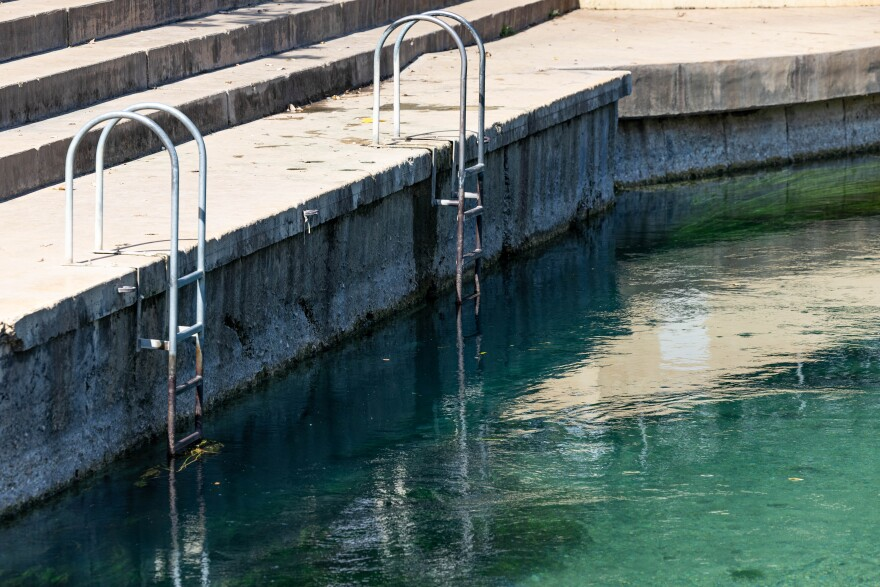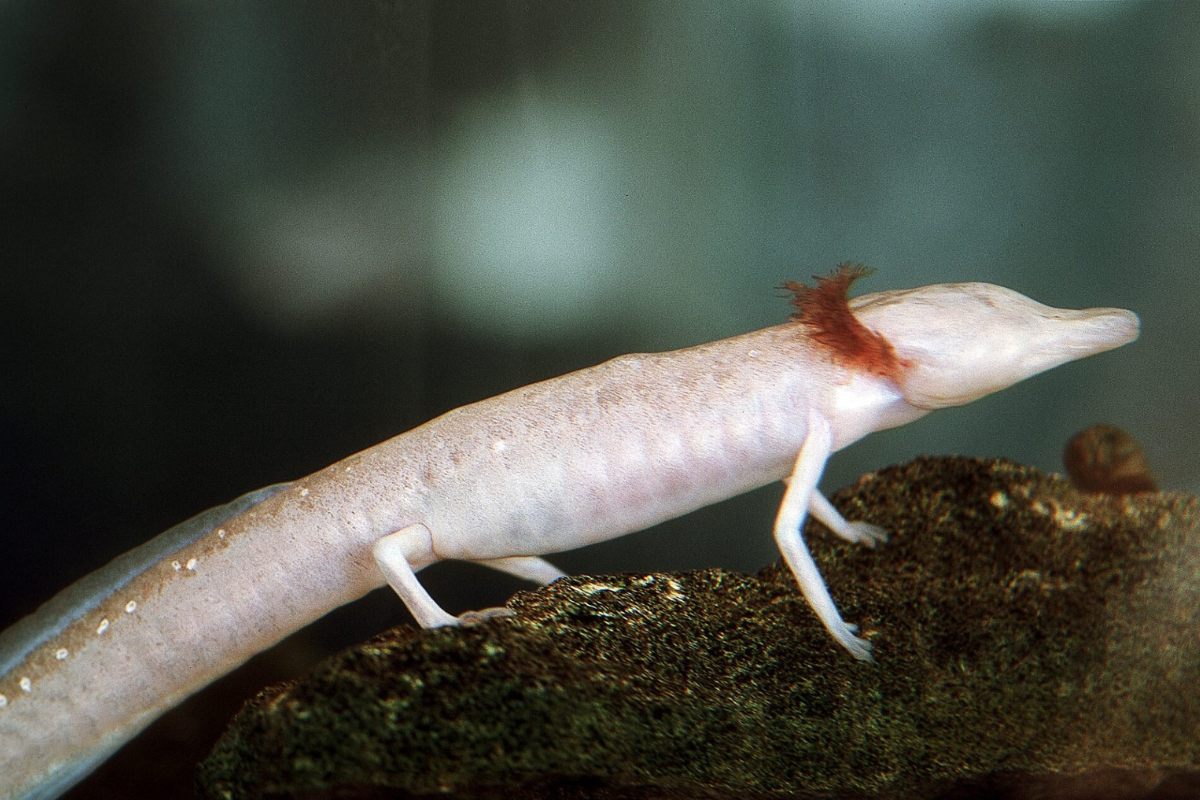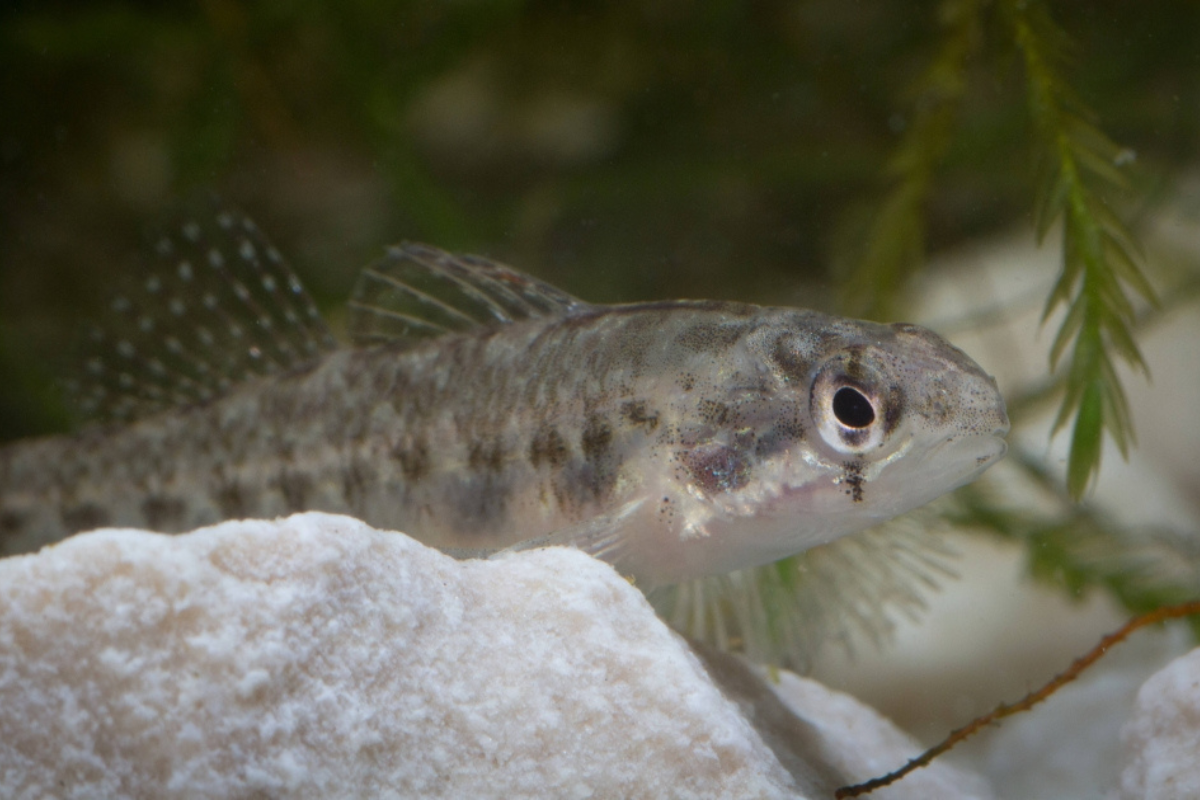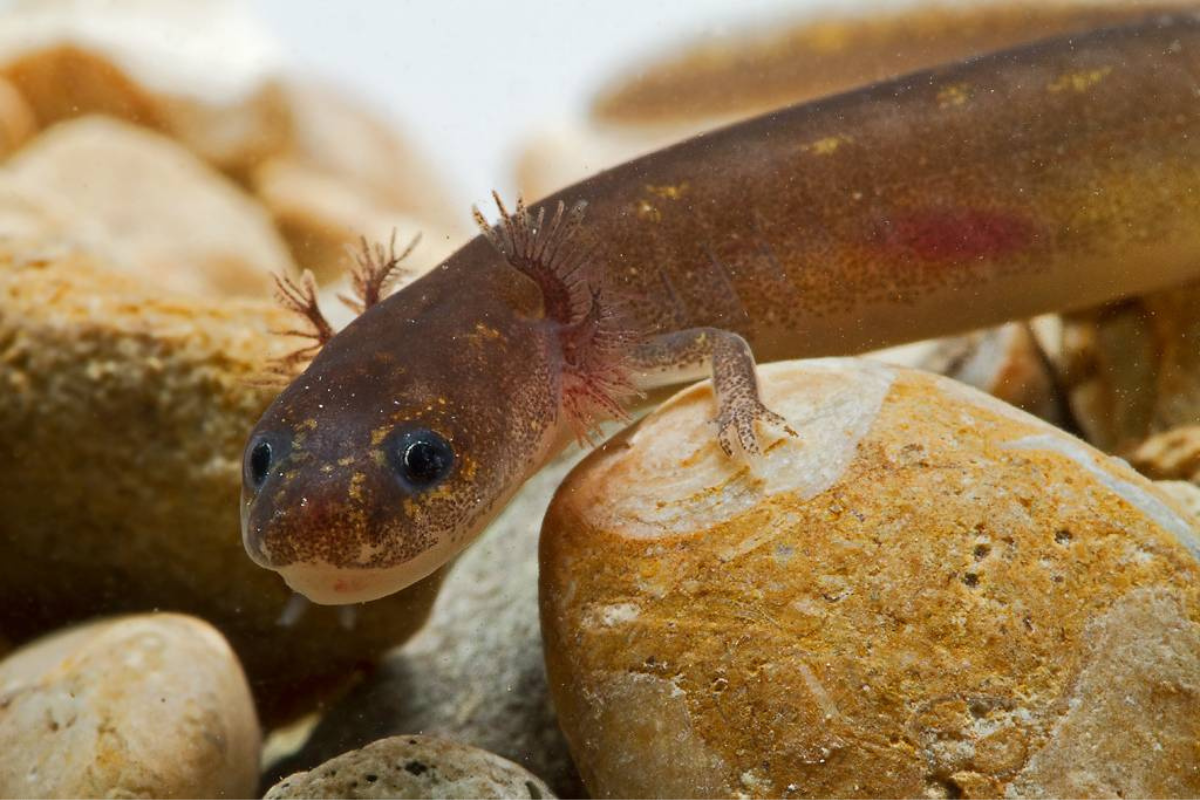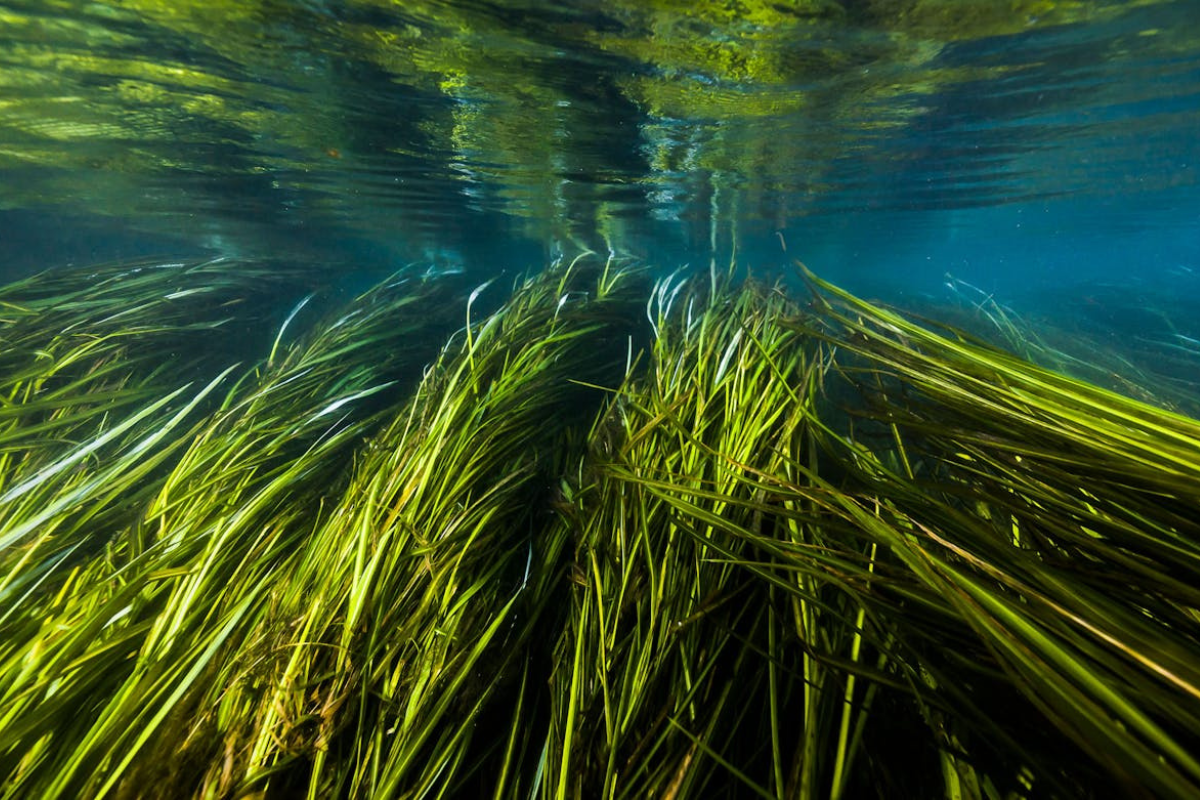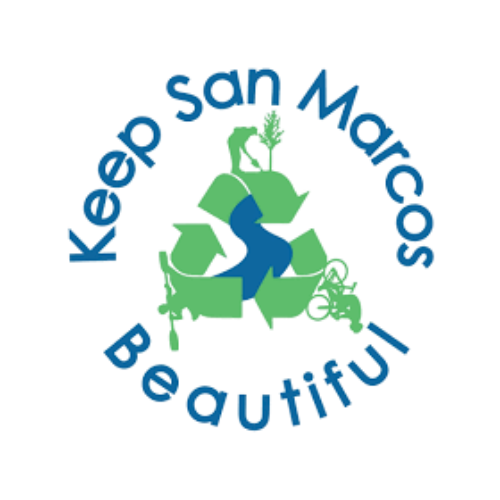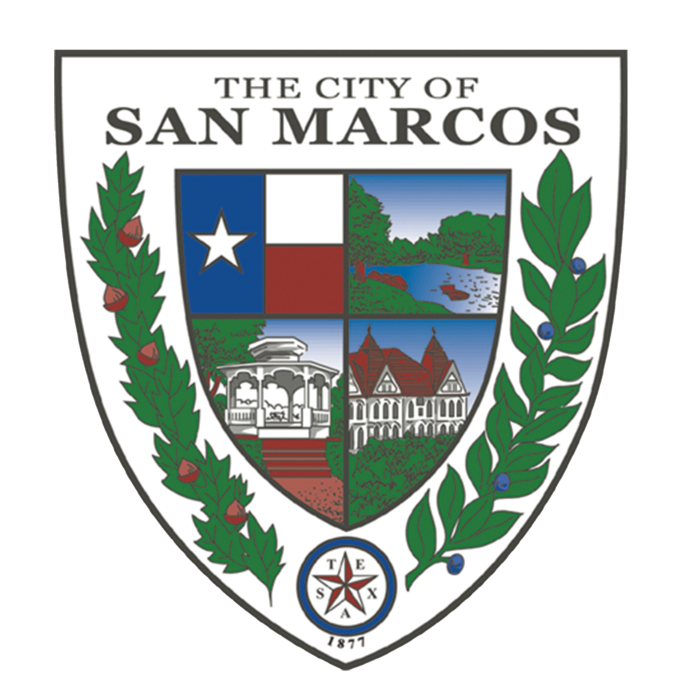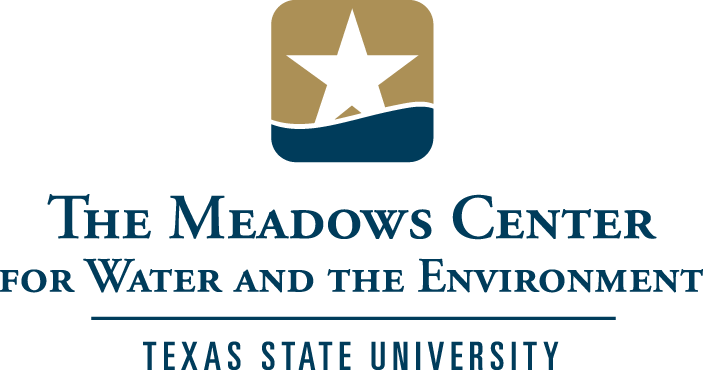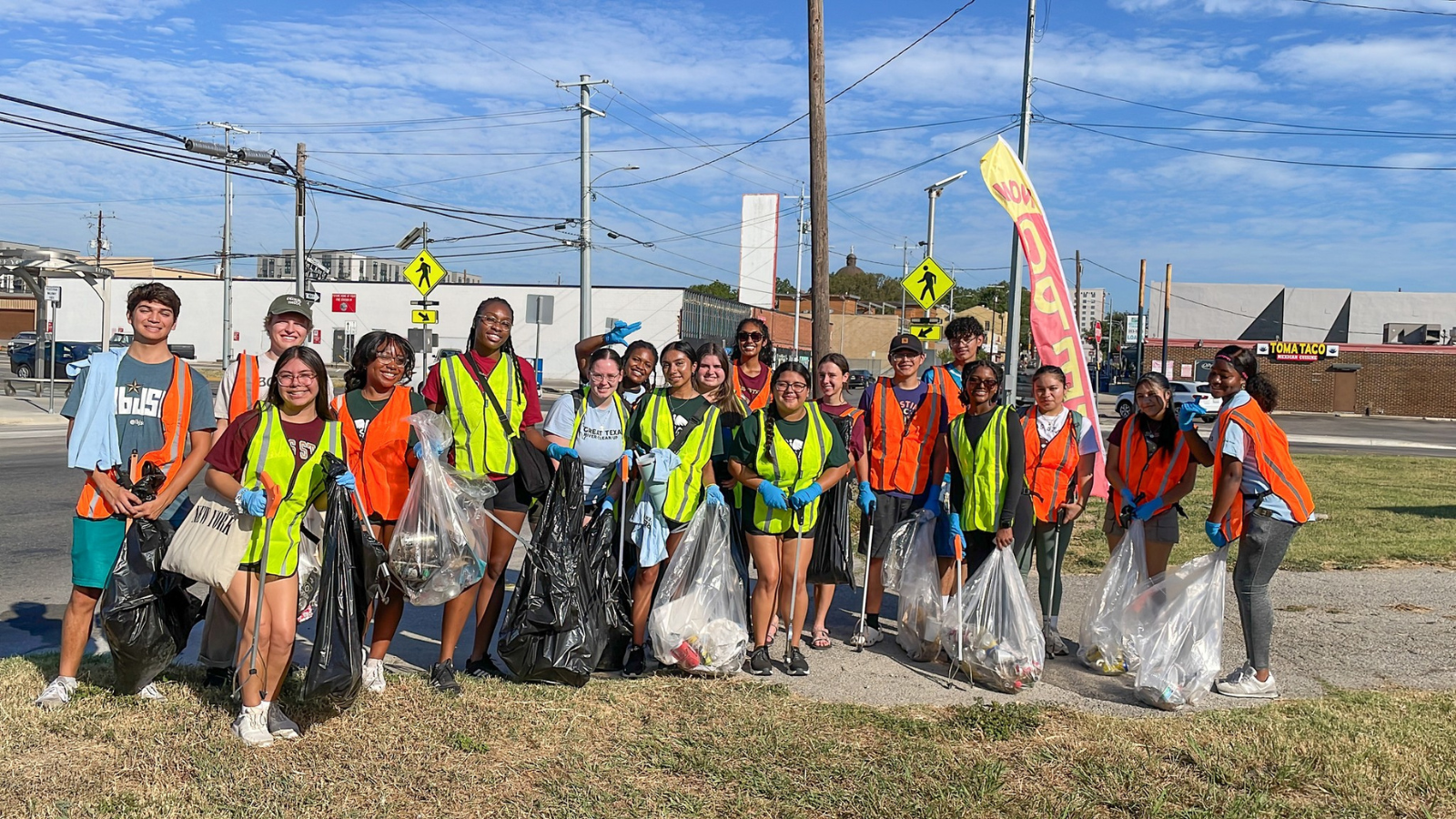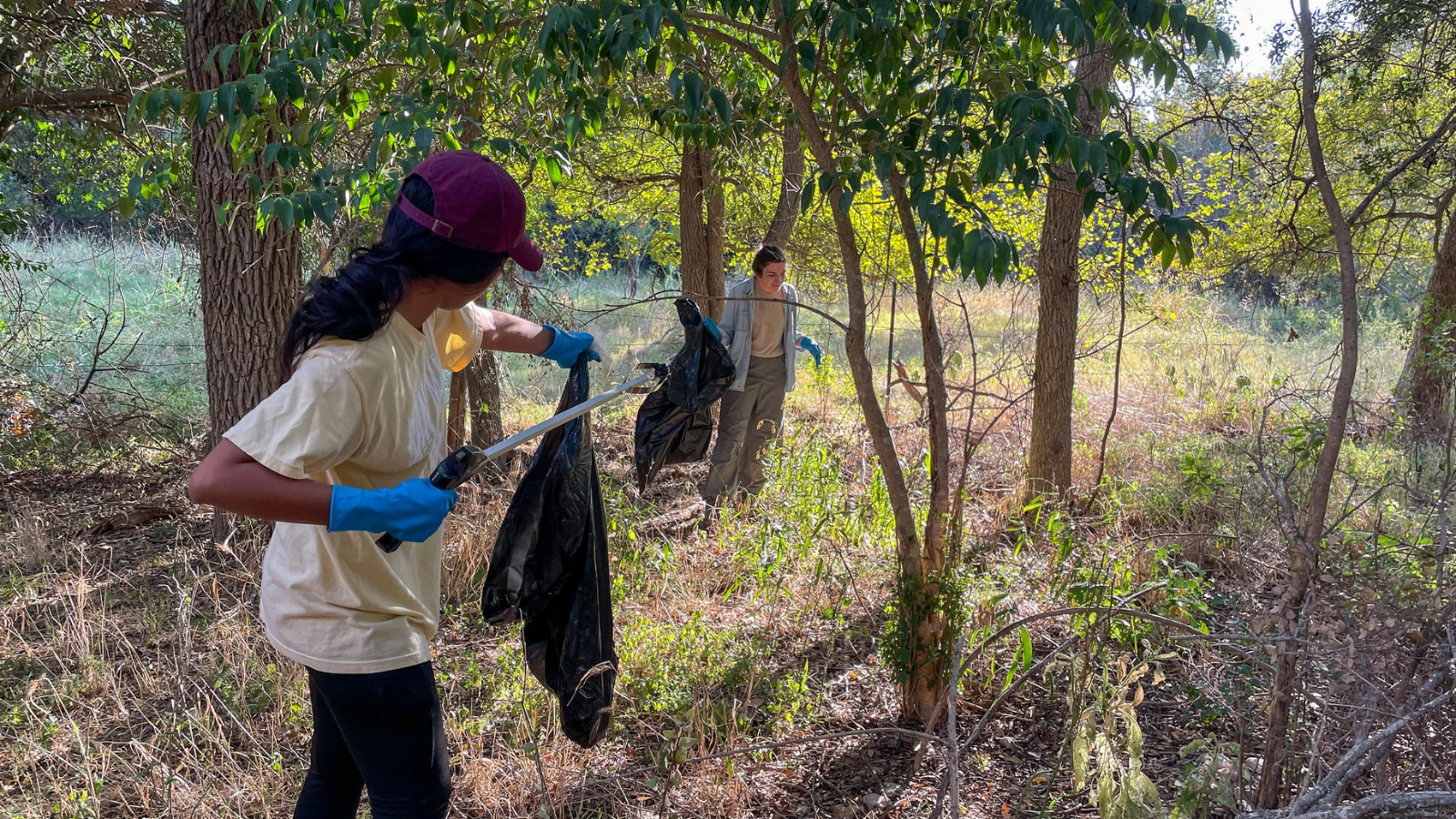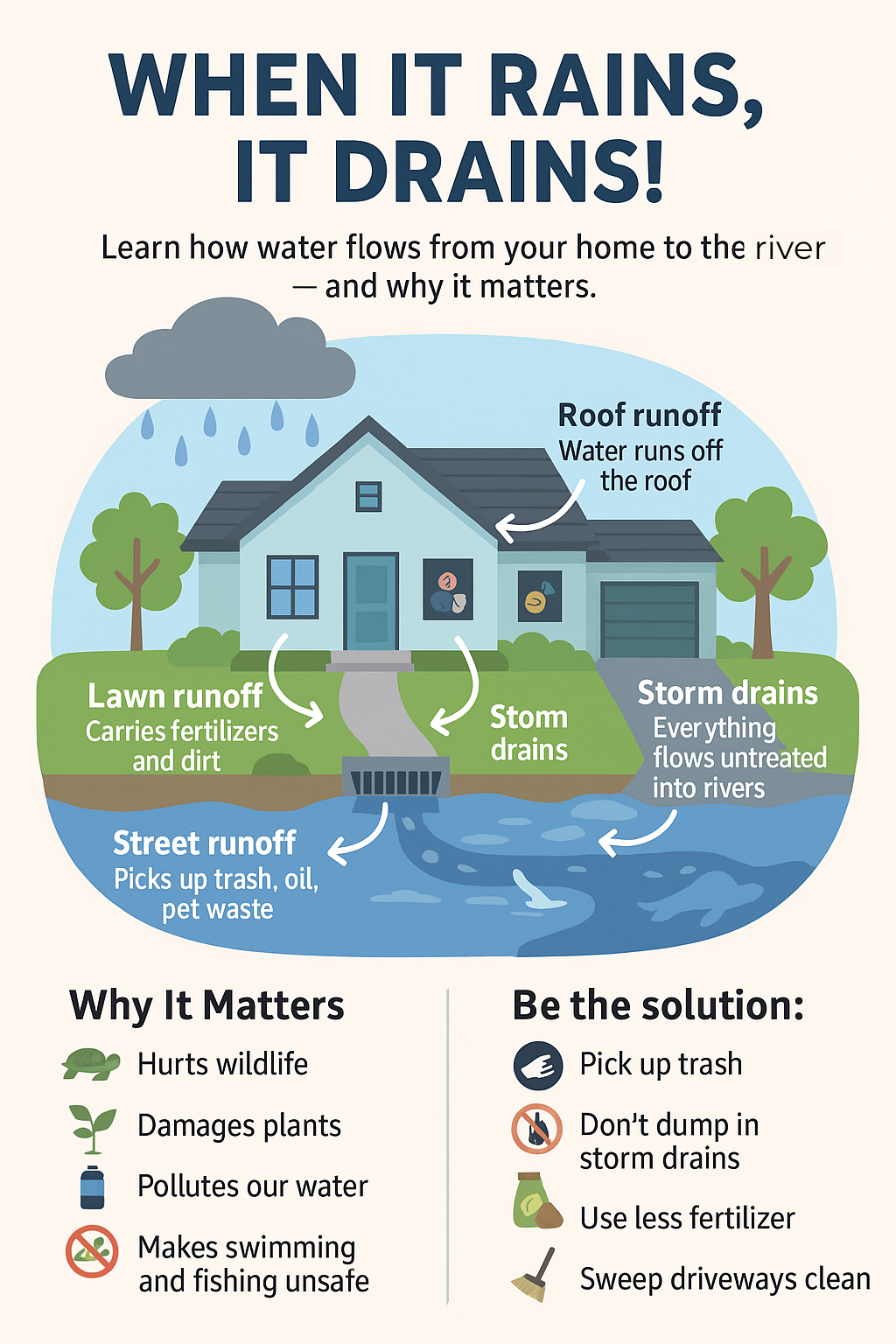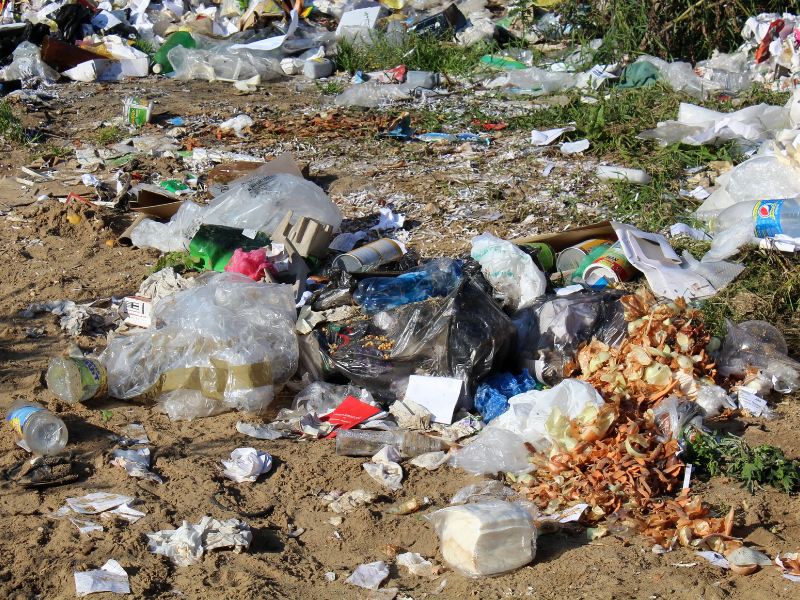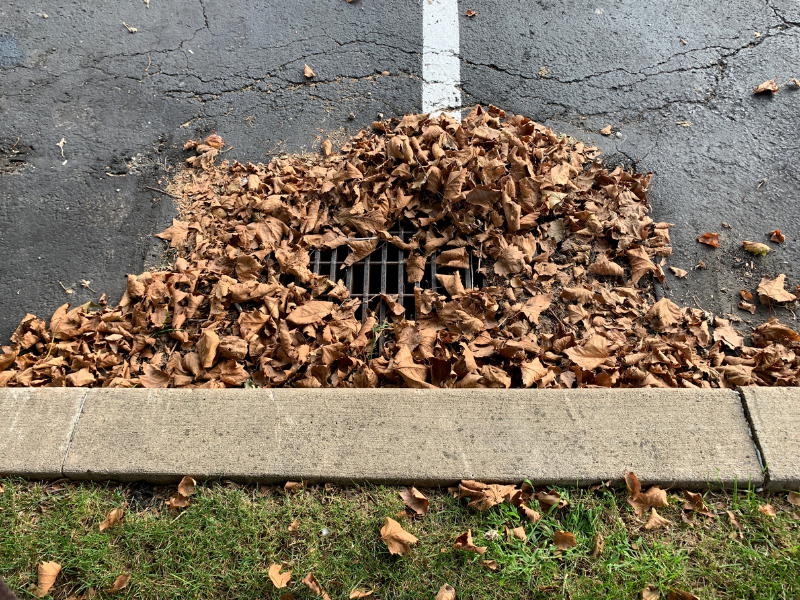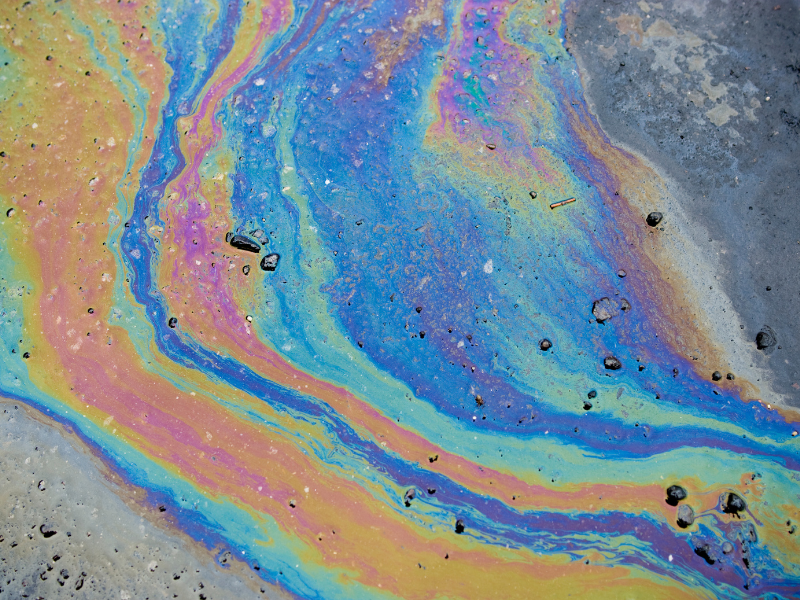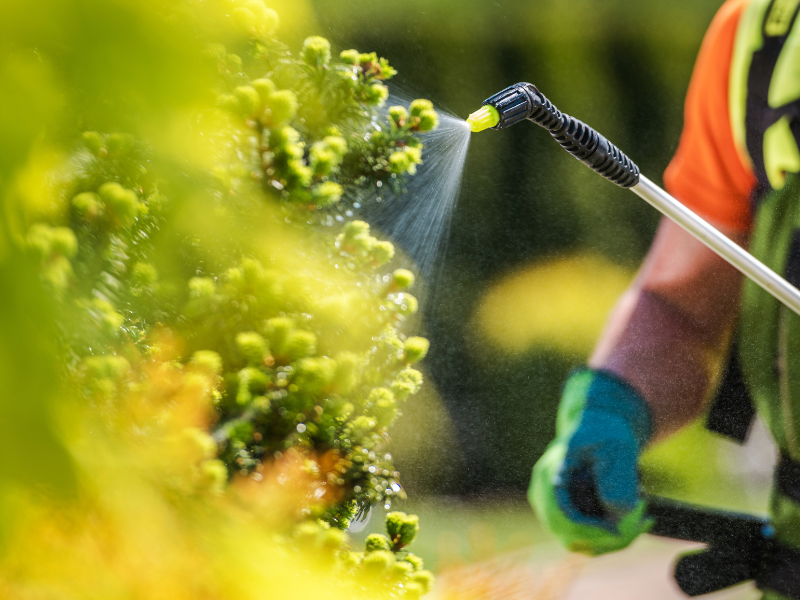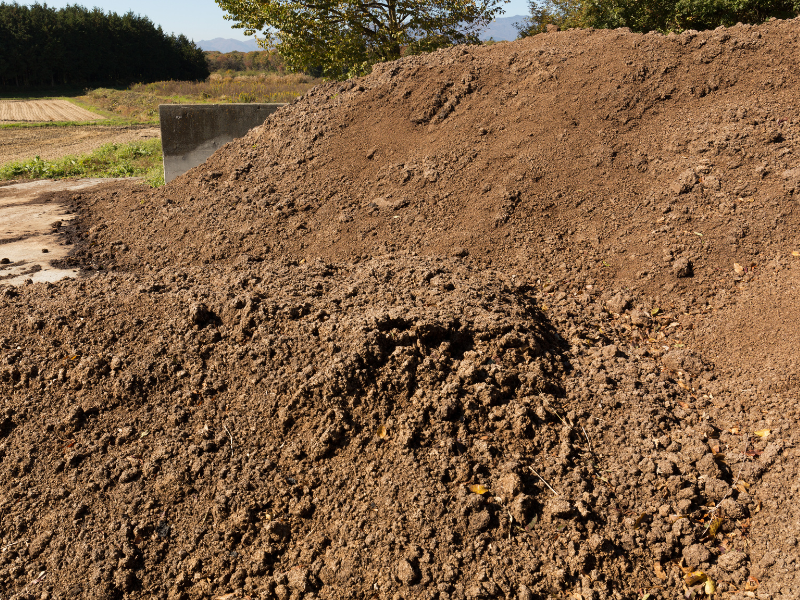Ladders at Sewell Park in San Marcos now stretch far below the waterline, visual evidence of how much the river level has dropped during the ongoing drought. The San Marcos River’s flow has declined to roughly half of its usual rate in recent years, raising serious concerns. Under normal conditions, the river flows around 165 cubic feet per second (cfs), but in late 2024 it was measured at just 81 cfs.
In mid-2023, spring flows fell as low as 77–88 cfs, the lowest levels recorded since 1956 (when an extreme drought reduced flow to 64 cfs). These exceptionally low flows are part of a multi-year Central Texas drought that has left over half the state unusually dry. In San Marcos, even average rainfall this year would not fully recharge the over-tapped aquifer that feeds the springs, meaning river levels could drop further without sustained rains. City officials have responded by tightening water restrictions to unprecedented levels. In summer 2023, San Marcos activated Stage 4 drought rules for the first time since 2014 after the 10-day average aquifer level fell below 630 feet above sea level.
These emergency rules sharply limit outdoor water use in hopes of conserving the remaining supply. The city’s primary reservoir, Canyon Lake, also neared historic lows in 2023, dropping to ~70% capacity – levels not seen since the 2009 drought. Meanwhile, the normally crystal-clear San Marcos River has become shallow enough in places that one can wade across areas once chest-deep. Stretches of exposed riverbed are contributing to more algae growth in the slow, warm water – a side effect experts link to the reduced flow. Beyond aesthetics and recreation, these drought conditions pose risks to the river’s ecology and water supply.
Virginia Parker, director of the San Marcos River Foundation, warned that without significant rainfall, more private wells drawing from the Edwards Aquifer could run dry and the river could reach even more “concerning” lows. Critically low flows also trigger protections under the region’s federal Habitat Conservation Plan: when spring discharge falls below certain thresholds (e.g. 120 cfs), restoration projects and other activities in the river are paused to avoid stressing vulnerable species. Local officials urge residents to conserve every drop – from turning off taps while brushing teeth to installing rainwater tanks – as part of a community effort to weather this drought. “Every action counts,” said Tyler Hjorth of San Marcos Utilities, emphasizing that small daily water-saving habits can help protect the river and aquifer.
